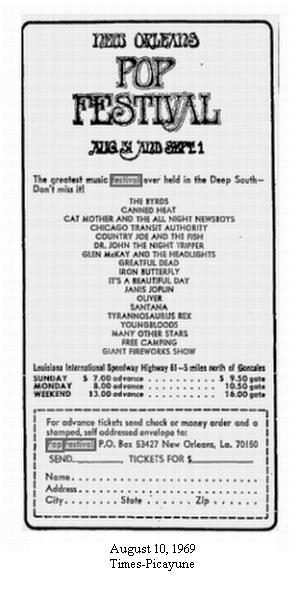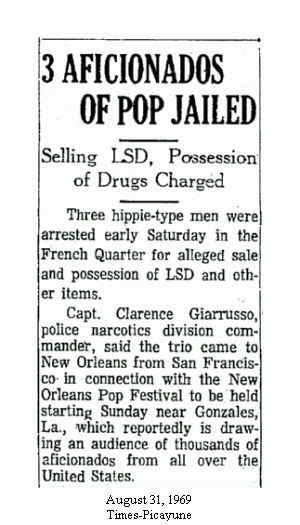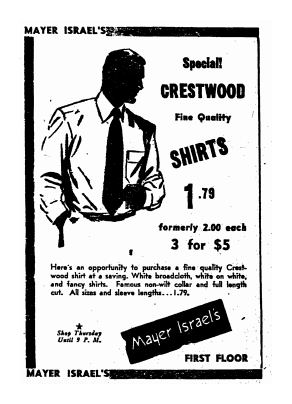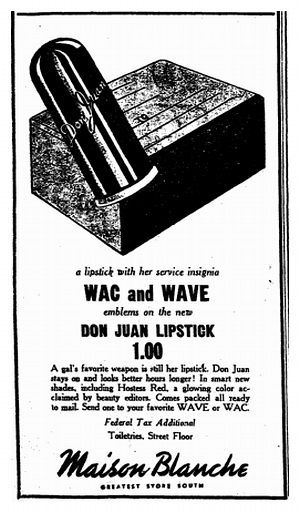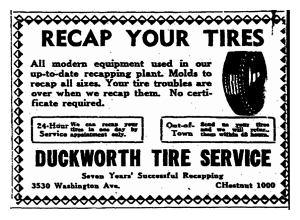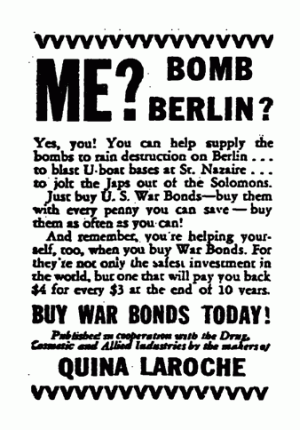|
Today in New Orleans History |
|
|
August 31


 To receive an update for each day in New Orleans history,
join our facebook page - Today in New
Orleans History.
Two weeks after Woodstock, on Labor Day
weekend of 1969's "Summer of Love", music festivals were held
throughout the United States and Canada. But New Orleanians could travel just an hour away
to their very own love in -- an
event which was famously known and billed as the New Orleans Pop Festival. An estimated 30,000
young people trekked to the Louisiana International Speedway in Prairieville
on August 31 through September 1, 1969. Only
about half who did so paid the entrance fee; the remainder camped outside the
racetrack. Producers
advertised that the performers would include The Byrds, Chicago Transit Authority, Country Joe
and the Fish, Dr. John the Night Tripper, Glen McKay and the Headlights, Greatful [sic] Dead,
Iron Butterfly, It's a Beautiful Day, Janis Joplin, Oliver, Santana, Tyrannosaurus Rex, Youngbloods,
Cat Mother and the All Night Newsboys, and "many other stars" as well as a "giant fireworks
show". If all of those performers actually made appearances is doubtful -- it was common practice
to advertise all those who were "invited to perfom" as having committed to the gig.
The Associated Press reported that Janis Joplin, Canned Heat, and the Grateful did indeed
perform. Tickets ranged from $7.00 to a $16.00 weekend pass. According to the Associated Press, 12 arrests were made for the
sale or possession of marijuana and doctors treated 30 people with "Bad Trips" on LSD.
Authorities reported that the crowd was generally well behaved but a physician on duty said, "If
we could just get them to wear shoes, we wouldn't have so many cut feet". Other music festivals held during that weekend included: The Isle of Wight Festival
where Bob Dylan performed his first major concert in several years to a crowd of 200,000. Texas International
Pop Festival in Lewisville at the Dallas International Motor Speedway which drew 40,000
people. Near the festival site was a campground on Lewisville Lake were many nude swimmers caused
massive traffic jams as driving gawkers came to a halt. Other onlookers arrived in boats.
Mayor Sam Houston said, "It's the sightseers who are causing the problems. The swimmers
were real cooperative in halting their activities". The Sky Rock Festival and Lighter than Air Fair in Tenino, Washington
which drew 10,000 including vendors shouting, "I've got acid!. I've got Mescaline!".  To receive an update for each day in New Orleans
history, join our facebook page
- Today in New Orleans History
On August 31, 2006, sportscaster Vince Marinello's estranged wife, Mary Elizabeth, was
shot twice in the face in the parking lot of an office tower in Metairie. Sheriff's authorities initially announced their
belief that the murder was a result of a botched robbery. Marinello voluntarily met with sheriff's investigators and initially
denied any connection to the murder of his estranged wife, saying he was in Jackson, Mississippi. On September 7, he voluntarily
turned himself in to the Jefferson Parish Sheriff's Department's main office in Gretna. He was subsequently arrested and
charged with second-degree murder in the killing of his wife, who filed for a contentious divorce after she discovered he
was not legally divorced when they wed. On the night of September 11, 2006, Marinello posted a $250,000 bond and was released
from jail. On December 13, 2008, the jury found Marinello guilty of second degree murder after 90 minutes of deliberation.
In Louisiana, a conviction for this charge carries a mandatory sentence of life imprisonment without parole. (Wiki)
Special Events for Service Men, coordinated by the New Orleans Recreation Center, on August 31,
1943 included a Meeeting of Service Men's Wives and Walking Tour of the French Quarter -- U.S.O., 818
Gravier Street., 1 P.M., a Bowling Party originating at 119 Carondalet Street at 2 P.M., and a Swimming Party at
St. Mark's Community Center at 1130 South Rampart Street followed by Ping-Pong, Badminton, Shuffle Board, and Refreshments
in the Courtyard. 7 -- 10:30 P.M. Meet originating at 119 Carondalet (Transportation Provided).
Jazz Musician Bill Eastwood was born on August 31, 1899. During the 1920s
New Orleans banjoist and guitarist Bill Eastwood played with New Orleans Rhythm Kings, Norman Brownlee and the Halfway House
Orchestra, and many other. He later became a business agent for the musicians union. He died in New Orleans in 1960.
Click Here to Listen to She's cryin' for me recorded by Bill Eastwood on banjo with the New Orleans Rhythm Kings on March 3, 1925 along with composer Santo Pecora,
Charlie Cordilla on clarinet, Paul Mares playing cornet, drummist Leo Adde, Glynn Lea ("Red") Long playing piano
and trombone, and Chink Martin on the tuba.
_____ At 10:00 PM CDT
(0300 UTC), Mayor Ray Nagin announced that the planned sandbagging of the 17th Street Canal
levee breach had failed. At the time, 85% of the city was underwater. Michael Chertoff released a memo to other cabinet members and
the Environmental Protection Agency stating that, "the President has established the 'White House Task Force on Hurricane
Katrina Response.' He will meet with us tomorrow to launch this effort." The memo also declared Hurricane Katrina
to be an Incident of National Significance and designated Michael Brown, Under-Secretary
for Emergency Preparedness and Response (EP&R), as the Principal Federal Official (PFO) for incident management purposes." In a national news conference presided over by Chertoff, EPA
Administrator Stephen L. Johnson announces relaxation of Federal fuel and emissions standards in response to Katrina. The USS Bataan was positioned off the
coast of Gulfport, Mississippi to support the relief efforts. The United States Navy moved additional ships and helicopters
into the region at the request of FEMA. The number of National Guardsmen on duty in the Gulf Coast rose to approximately
8,300 [actually 10,428 Army National Guard and 960 Air National Guard were deployed - 11,388 total]. They remained under
their respective governor's control, which enables them to provide law-enforcement support in the affected regions, which
is prohibited [to the military] by the Posse Comitatus Act. President
Bush returned early to Washington from vacationing at his ranch in Crawford, Texas. Though he does not stop in Louisiana,
Air Force One flies low over the Gulf Coast so that he can view the devastation in Air Force One. He later declared a
Public Health Emergency for the Gulf Coast. Mayor Nagin ordered
almost the entire New Orleans' police force to abandon search and rescue missions and turn their attention toward controlling
the widespread looting and a curfew is placed in effect. State
workers began work at closing the 17th Street Canal breach, and the U.S. Army Corps of Engineers
adds additional resources to the task. At 11:00 PM EDT (0300 UTC), the National Hurricane Center announced that the center of the remnant low of what was
Hurricane Katrina has been completely absorbed by a frontal boundary in southeastern Canada, with no discernible circulation.The
remnants of the hurricane caused roads in northern Quebec to be rutted and eroded by heavy rainfall, isolating the north
shore communities for several days. BNSF Railway announced that
it expected to restore limited freight service to southern Louisiana by September 1. Other than debris on the mainline,
the biggest problem facing crews working to reopen the line is the damage to the Bayou Boeuf bridge in Morgan City, Louisiana.
The bridge and bridge piers were struck by a barge propelled by the storm's winds and wave action. BNSF sent crews to repair
damaged railway signal systems starting on August 30. BNSF transferred freight through other hubs such as St.
Louis, Chicago, and Memphis until service was restored.
|
|
|

To receive an update for each day in New Orleans history,
join our facebook page - Today in New
Orleans History.
Analytics |
